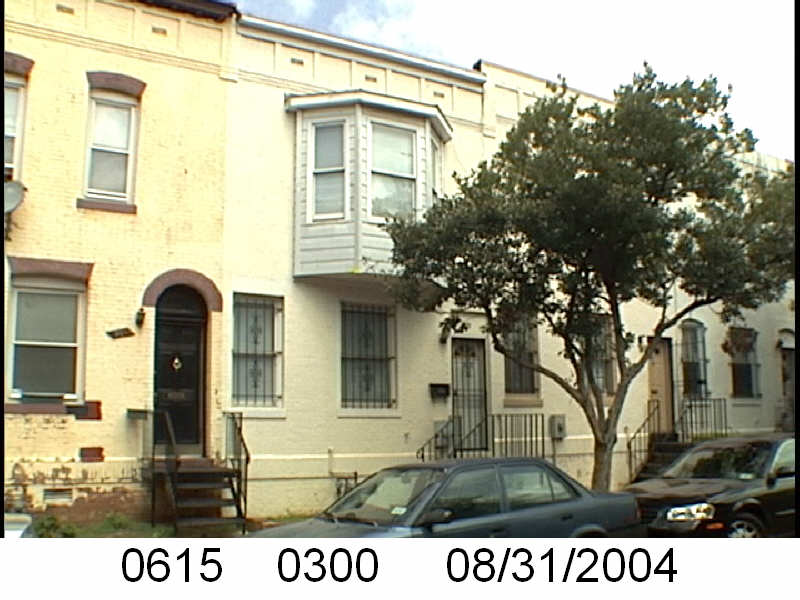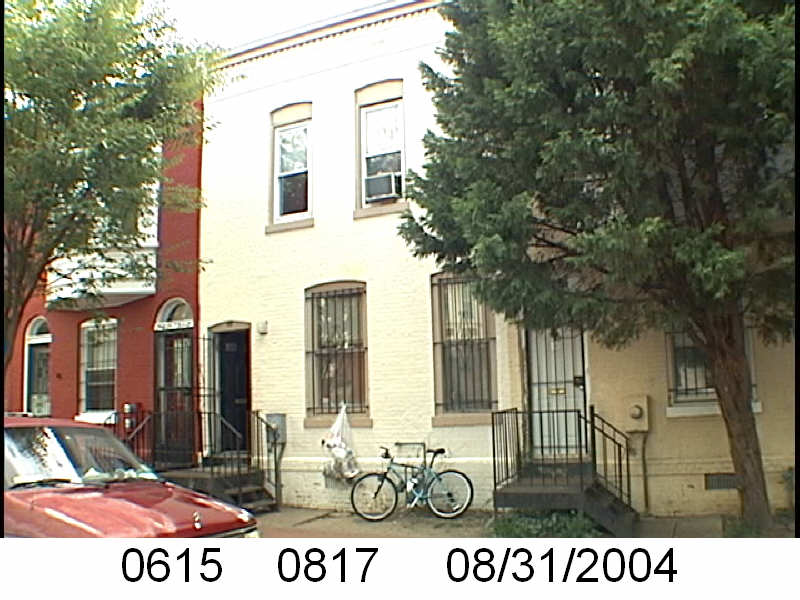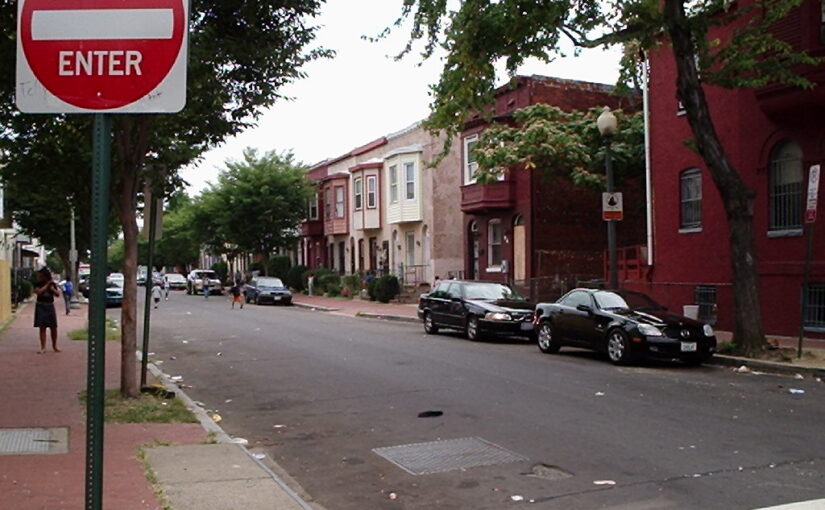The Washington Sanitary Improvement Company (WSIC) was a late 19th century charitable capitalism experiment that ended in the 1950s. This blog started looking at the homes that were supposed to be sold to African American home buyers, after decades of mainly renting to white tenants.
Looking at WSIC properties they tend to have a pattern where the properties were sold to a three business partners, Nathaniel J. Taube, Nathan Levin and James B. Evans as the Colonial Investment Co. for $3 million dollars. Those partners sold to African American buyers. There was usually a foreclosure. Then the property wound up in the hands of George Basiliko and or the DC Redevelopment Land Agency (RLA). Then there were the odd lucky ones who managed to avoid that fate.
Let’s see what happens with 69 Bates St NW:
- December 1950 (recorded Jan 26, 1951) Evans, Levin and Taube sold one-half of 69 Bates St NW to Mary R. Davis, separated.
- December 1950 (recorded Jan 1951) borrowed $3,375 from Colonial Investment Co. favorite trustees Abraham H. Levin and Robert G. Weightman.
- March 1951 Evans, Levin, and Taube sold the other half of 69 Bates St NW to Frances E. and George W. Lancaster.
- March 1951 the Lancasters borrowed $2,525 from trustees Abraham H. Levin and Robert G. Weightman.
- June 1953 the Lancasters lost their half to foreclosure and through an auction ownership returned to Evans, Levin and Taube.
- July 1953 Evans, Levin and Taube resold the foreclosed unit to Ethel Mae and John H. Corbitt.
- July 1953 the Corbitts borrowed $3,290.17 from trustees Levin and Weightman.
- March 1955 the Corbitts lost their home to foreclosure and the unit was repossessed by Evans, Levin and Taube via an auction.
- August 1955 Ms. Davis lost her half to foreclosure and it too was repossessed by Evans, Levin and Taube via an auction.
- March 1959, as part of a larger property package (doc # 1959019387), new Colonial Investment Co partner Harry A. Badt, Evans, the survivors of the late Nathan Levin, Taube and their spouses sold 69 Bates to Sophia and George Basiliko.
- Around 1970-1971 (no doc) George Basiliko sold this and several Truxton properties to the DC Redevelopment Land Agency (RLA).
- July 1978 there is a contract between the DC RLA and the Bates Street Associates, Incorporated (BSA) for several Truxton properties. Typically there is a deed pared with it transferring ownership to the BSA, no deed was located.
This house fits the pattern. Foreclosures and it was sold to George Basiliko, identified as a slum landlord by the Washington Post. The pattern. Basiliko sold many Truxton Circle and former WSIC homes but in this and other histories, the document is missing from the line up. I know Basiliko sold 69 Bates to the DC RLA because the DC RLA had a contract with BSA sometime after Basiliko was released from mortgages and other financial obligations tied up with the property. This hints that he sold it. And there are other Truxton properties he sold where there are documents of the sale of properties going from Basiliko, then to DC RLA then to BSA.













